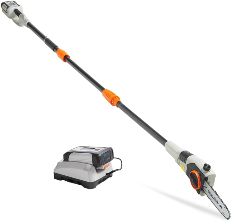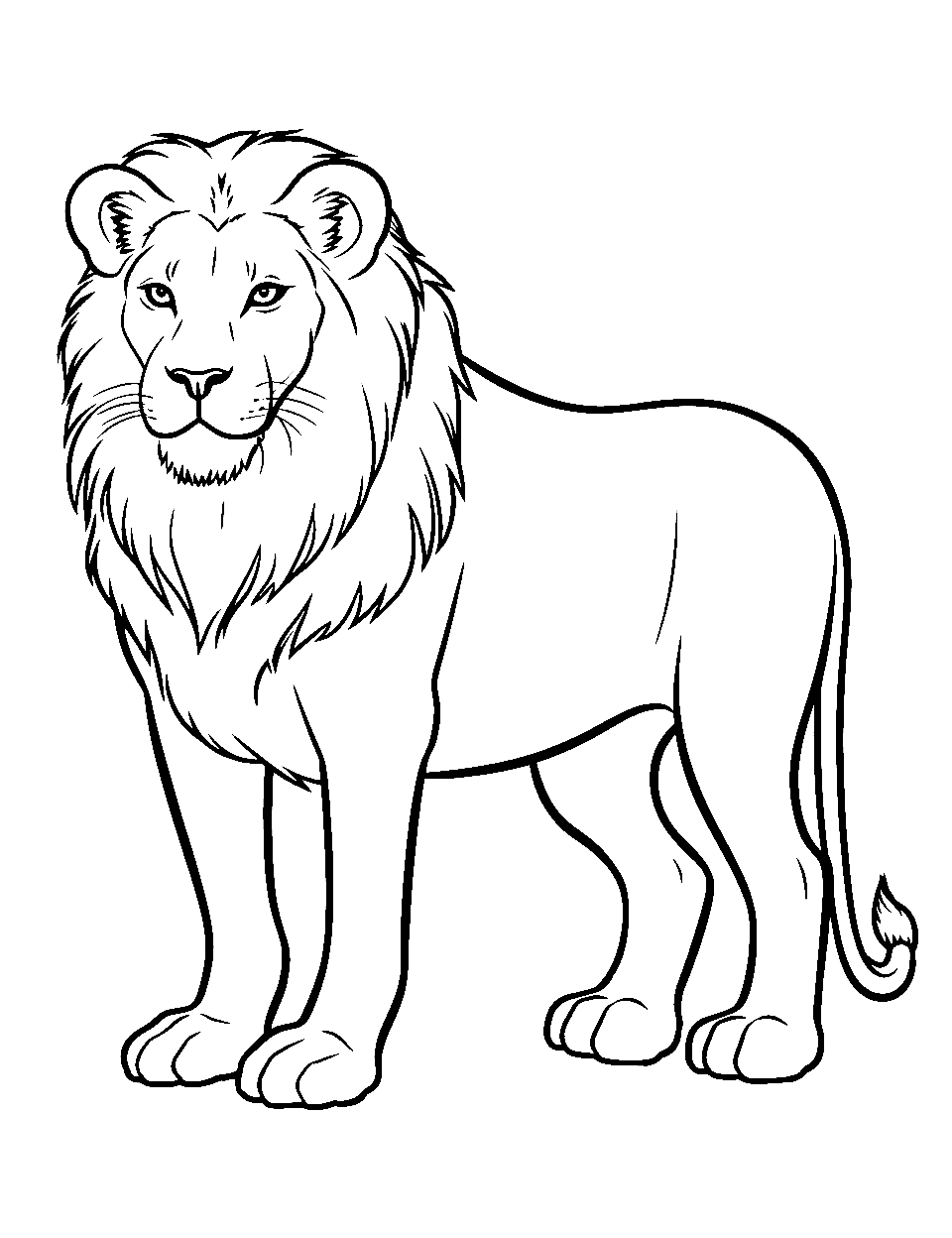Animals that live in lakes
Discover the Diverse World of Lake Inhabitants: Exploring Animals that Live in Lakes
- Discover the Diverse World of Lake Inhabitants: Exploring Animals that Live in Lakes
Lakes are vital freshwater ecosystems that support a rich diversity of life. These tranquil bodies of water provide a unique habitat for various animals, ranging from the smallest insects to larger mammals. In this comprehensive article, we will delve into the world of animals that live in lakes and understand the crucial roles they play in maintaining the ecological balance.
Contents
- Introduction to Lake Ecosystems
- Fascinating Fish Species
- The Amphibians and Reptiles of Lakes
- Feathered Friends: Birds Around Lakes
- Mammals Along the Lakeshore
- Invertebrates: The Unsung Heroes of Lakes
- Conservation Efforts for Lake Habitats
Introduction to Lake Ecosystems
A lake ecosystem encompasses both biotic (living) and abiotic (nonliving) elements that interact to sustain life. From the surface to the depths, each zone of a lake is teeming with organisms perfectly adapted to their environment. Let’s take a peek into this aquatic world and meet some of the animals that live in lakes.
Fascinating Fish Species
Fish are synonymous with lake life. These gilled creatures come in all shapes and sizes, each adapted to their niche within the lake.
Renowned Lake Fish

-
Walleye (Sander vitreus)
Loved by anglers, this fish is identifiable by its glassy eyes and gold-and-olive pattern. -
Northern Pikeminnow (Ptychocheilus oregonensis)
An important native predator in some lake ecosystems. -
Channel Catfish (Ictalurus punctatus)
These bottom-dwellers are known for their whisker-like barbels. -
Crappie (Pomoxis spp.)
Popular among recreational fishers, crappies are small but plentiful.
The Amphibians and Reptiles of Lakes

Lakes provide a perfect environment for amphibians and reptiles to thrive. Here’s a snapshot of some species you might encounter.
Noteworthy Amphibians and Reptiles
-
Frogs and Toads (Anura order)
They play a critical role in the food web, both as predators and prey. -
Turtles (Testudines order)
Various species of turtles bask in the sun on logs and help maintain aquatic plants’ health. -
Lake Erie Water Snake (Nerodia sipedon insularum)
Once endangered, this nonvenomous snake primarily feeds on fish and frogs.

Feathered Friends: Birds Around Lakes
Birds are an integral part of the lakeside ambiance, full of color and song.

Prominent Lake-Inhabiting Birds
-
Herons and Egrets
Standing motionless at the water’s edge, these birds are adept at fishing. -
Ducks and Geese (Anatidae family)
These waterfowl species are commonly seen floating or diving for food. -
Kingfishers
With impressive diving skills, they feed on small fish and insects.
Mammals Along the Lakeshore
Mammals often visit lakeshores in search of food and water.
Lakeside Mammals to Look Out For
Does Petsmart Sell Dogs Puppies
-
Beavers (Castor canadensis)
Known for their dam-building skills that can alter the lake landscape. -
Mink (Neovison vison)
Small semiaquatic predators with a taste for fish and crustaceans. -
Otters (Lutrinae subfamily)
Playful creatures that are excellent swimmers and efficient predators.
Invertebrates: The Unsung Heroes of Lakes
Invertebrates play pivotal roles in the lake’s food chain and nutrient cycles.
Key Invertebrates Found in Lakes
-
Clams and Mussels
These filter feeders clean the water and are a food source for other animals. -
Insects (various species)
Aquatic insects like dragonflies begin their life in lakes and are integral to the ecosystem. -
Zooplankton
Tiny creatures that are a crucial food source for many fish species.
Conservation Efforts for Lake Habitats
Who Is The Voice Of Home Depot Commercials
Protecting the diverse species of animals that live in lakes is critical for maintaining the health of these ecosystems. Conservation efforts include:
- Habitat Restoration
- Pollution Control
- Invasive Species Management
- Legal Protections
These actions help ensure that lake ecosystems, and the animals that depend on them, continue to flourish for generations to come.
Lakes are more than just bodies of water; they’re dynamic ecosystems brimming with life. From the tiniest plankton to the great blue heron, each species contributes to the lake’s natural balance. As we appreciate the wonders of animals that live in lakes, let’s also commit to preserving these aquatic treasures.






